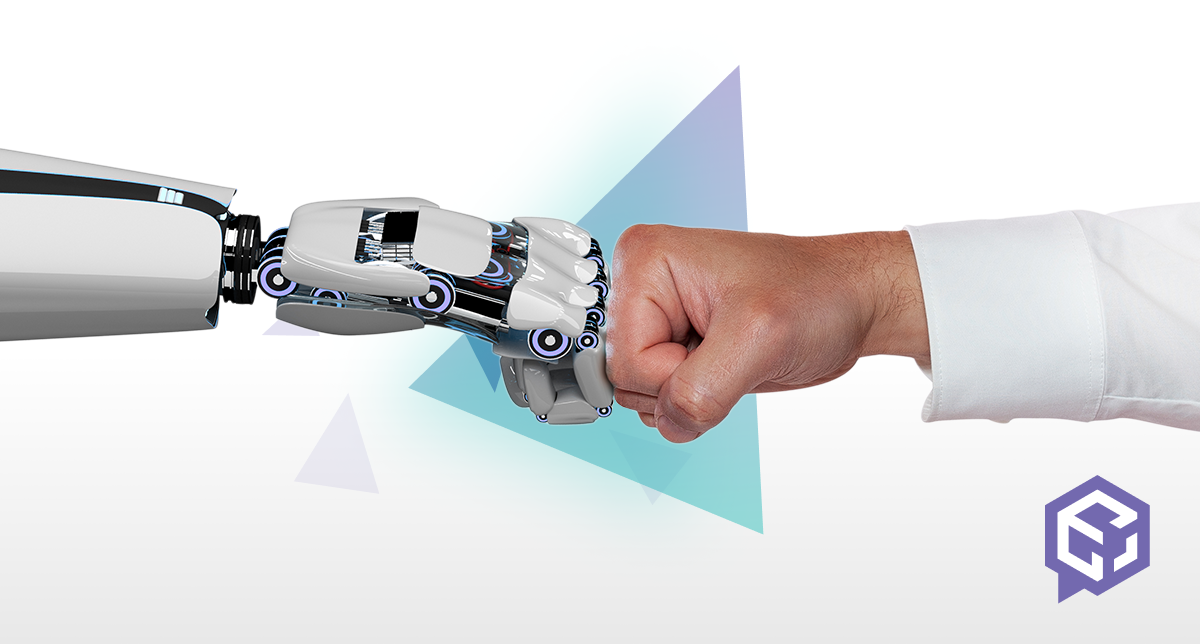Machine Translation Post-editing: When You Need to Have Your Products Translated ASAP

Dear e-shoppers, you’ll have certainly faced a situation when you needed to have a several-hundred-pages-long project translated as soon as possible. As one proverb goes: a penny saved is a penny earned. Moreover, saving money without impacting quality is a win-win situation. And this is something that machine translation post-editing makes possible.
In the article you can read for example:
- Why proofreading and post-editing do not refer to the same thing
- How post-editing improves quality
- When to opt for post-editing over a human translation
- How much you can save
What’s the difference between proofreading and post-editing?
Many of us confuse the terms “proofreading” and “post-editing”. A good example is a client ordering the “proofreading” of machine translation output instead of post-editing. Essentially, there are not many differences between proofreading and post-editing, but there are some significant ones. Proofreading refers to the process of finding and correcting errors in a text after a human translator. Post-editing refers to the process whereby humans amend machine-generated translation to achieve an acceptable final product.
The differences between light and full post-editing
There are two basic types of post-editing. The first of these is light post-editing, where the post-editor intends to intervene only where absolutely necessary, correcting only major errors. The main aim of light post-editing is to correct grammar and spelling mistakes only if they affect the meaning. The result is a text that is suitable for information purposes – but not much else. On the other hand, full post-editing involves a greater level of intervention and aims to achieve the quality of human translation.
What about quality?
For many people, machine translation conjures up the image of an unusable text which is full of errors; however, that is now a thing of the past. Thanks to advancements in neural network technology, the quality of machine translations has significantly improved. The use of neural networks in machine translation software has contributed to the high quality of machine translation outputs, allowing for the involvement of the post-editor to be truly at a minimum in some language combinations. It also allows clients to save significant amounts of money.


The software we use has a major impact on the quality of machine translation output.
At Expandeco, we combine licensed tools with our know-how of the technical processing of the source and target text. The very first step in this process is the technical processing that takes place in our IT department. It ensures formatting consistency. Then the output is checked in great detail.

Post-editing in Memsource
After checking the output, the next step is post-editing. This is carried out by our post-editors, who have a natural knowledge of the target language. In addition, they are experienced in working with HTML and XLS files. The combination of these elements guarantees the highest possible quality and a significant reduction in time and cost.
When to give machine translation with post-editing the green light
There are undoubtedly many advantages to machine translation; however, several criteria need to be met in order to make the most of it. The first criterion is an initial consultation in which you get to know whether machine translation post-editing would meet your needs.
The second – and most important – criterion is to submit the files for machine translation to a translation agency and not to rely upon the post-editing of already translated output from a freely available tool.


Trying to save money at any cost leads to a situation where post-editing ends up being more expensive, and it can prolong the project's implementation.
Being aware that not every text is suitable for post-editing is also crucial. The most suitable texts for machine translation post-editing are product descriptions. Post-editing is also more suitable when translating a large volume – such as several hundred pages. On the other hand, translating a very small volume can be unfavourable – both financially and in terms of time.
One of the main issues of machine translation post-editing is the language combination. In other words, not every language combination is suitable for machine translation: for example, translations from languages in the CEE region into Greek or Turkish. The good news is that translations within the languages of the CEE region – like from Polish into Romanian or Hungarian – are of a high quality. Here's a tip: if you plan to expand into these countries, you should consider machine translation post-editing for your websites.
How much can I save?
The real saving of time and money differs from project to project. Many factors impact saving, such as the size of the project and the source and target language. Experience has shown that, thanks to post-editing, you can save up to thirty percent in costs compared to human translations.
Although a post-editor works more efficiently than a human translator, the technical processing of the files takes a considerable amount of time. Compared to human translations, the time saved with machine translation post-editing is around thirty percent. At first sight, this may not seem like that much; however, when we are talking about several hundred pages of text, it means that you can accelerate the expansion of your online shop by three to four months.

Do you have specific questions about how our in-house translation system will work for your business? Contact us via this simple form and we will be happy to help you.



